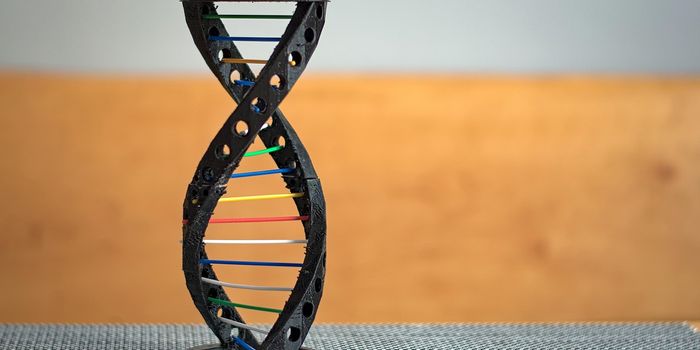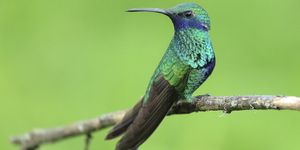Immunity for All
As bioinformatics tools continue to develop, researchers can utilize them as tools to look at data in great detail. One such example comes from a team of scientists at the Wellcome Sanger Institute have shown how genes involved in the immune response have varied activity between cells and species.
Cells will initiate immune responses when threatened by a pathogen. This first defense, or first-line, is known as the innate immune response. To be effective against pathogen clearance, the response must be aggressive; however, it cannot be too harmful otherwise, it will destroy the host tissue as well. A balance between the two ends of the spectrum must be accomplished.
How these constraints have shaped the evolution of innate immunity remains to be under-defined. The study described in the scientific journal Nature characterizes the innate immune response’s transcriptional divergence between species and variability in expression among cells.
Here, the team made use of bulk and single-cell transcriptomics in fibroblasts and phagocytes from difference species – cells involved in wound healing and the ingestion of foreign pathogens. The cells were stimulated with antigenic molecules to elicit responses. This allows the researchers to observe the architecture of the innate immune response.
The team was able to measure the activity of thousands of genes in over 250,000 individual cells using single-cell genomics technology to chart the evolution of antiviral and antibacterial immunity. It has previously been observed that many genes in the innate immune response have rapidly evolved in vertebrates. Pressure from pathogenic attacks is considered to be the reason for such high paced evolution.
The genes involved in the innate response include those that make cytokine and chemokine molecules. The team showed that these genes which have evolved rapidly across species also have highly variable activity in different cells within an individual’s tissue. The scientists suggest this may be a mechanism of self-preservation in the case that a pathogen manipulates these genes to avoid immune responses.
In contrast to these highly evolved genes, the team reveals other genes which are conserved between species, those involved in regulation of the immune response. These genes may be under tighter constraints because they are involved in many different functions within cells. The researchers believe these genes to be the main weakness when attacked by pathogens.
Dr. Sarah Teichmann, head of Cellular Genetics at the Wellcome Sanger Institute and senior author of the research remarked, “The power of DNA sequencing at the resolution of single cells means this kind of study is now possible. There are an estimated 37 trillion cells in the human body, each with the same genetic code. But individual cells behave differently; they use that genetic code differently. By studying cells, we can understand these fundamental building blocks of life and how they work together – including how they resist pathogens.”
The team suggests that the expression patterns observed across species and conditions have evolved as a mechanism for fine-tuned regulation to achieve an effective but balanced response.
Sources: Nature, Science Daily, YouTube









